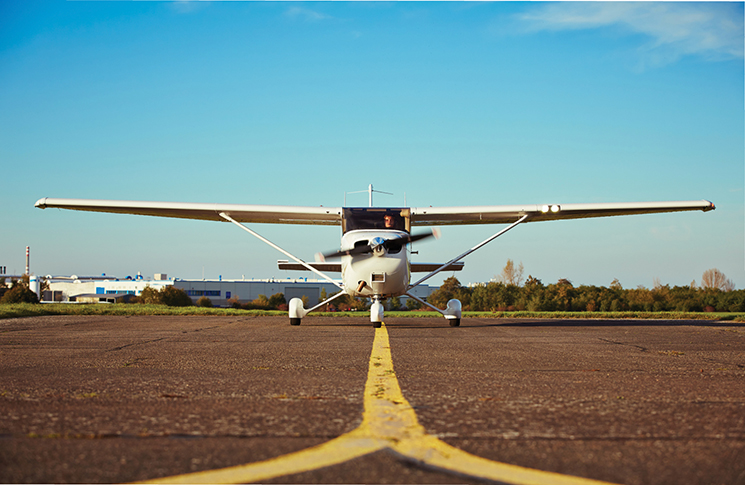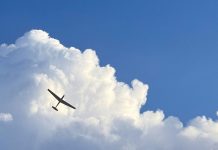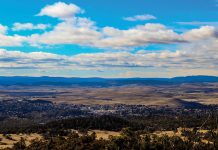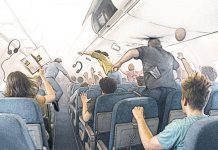- What instruments are mandatory for day VFR flight?
- indicated airspeed; pressure altitude; magnetic heading; time
- indicated airspeed; pressure altitude; turn and slip; time
- indicated airspeed; pressure altitude; magnetic heading; OAT gauge
- indicated airspeed; vertical speed indicator; magnetic heading; time
- For take-off on runway 30, with wind 330/20, what are the headwind and crosswind components?
- crosswind 5 kts, headwind 15 kts
- crosswind 10 kts, headwind 10 kts
- crosswind 10 kts, headwind 17 kts
- crosswind 5 kts, headwind 13 kts
- Which of the following broadcasts are not mandatory when operating in a mandatory broadcast area (MBA)?
- joining the circuit
- taxi
- turning base
- before entering the runway
- If the ETA at the destination falls within the forecast periods of that aerodrome’s TAF, which of the following would always require you to nominate an alternate?
- TEMPO
- INTER
- nimbostratus cloud
- 30% PROB thunderstorm
- When navigating by visual reference to the ground, you must positively fix the aircraft’s position by visual reference to features marked on a chart at intervals not exceeding:
- 15 minutes
- 30 minutes
- 60 minutes
- 120 minutes
- You must not commence a take-off at a non-controlled aerodrome until a preceding departing aircraft using the same runway has:
- crossed the upwind end of the runway
- become airborne
- reached a point 1,000 m beyond your take-off point
- turned onto crosswind
- For a flight more than 50 nm from your departure, what documents must you carry?
- medical, licence, flight manual, maintenance release
- medical, licence, photo ID, maintenance release
- medical, licence, maintenance release
- medical, licence, photo ID, flight manual
- When an aircraft is being fuelled, what distance from that aircraft must a person not create a fire hazard?
- 10 metres
- 15 metres
- 20 metres
- 50 metres
- A private day flight is planned over a distance of 325 nm at a ground speed of 115 kts. Planned fuel flow is 40 l/hr. Final reserve is 16 litres and taxi fuel is 4 litres. The minimum fuel required at start up for this flight is closest to:
- 143 litres
- 115 litres
- 156 litres
- 135 litres
- A red flashing light directed at an aircraft on the ground indicates the aircraft should:
- taxi clear of the landing area
- return to the parking area along a taxiway
- stop and hold position
- change radio frequency and attempt to establish contact – do not take-off
- You must submit a flight plan for:
- flights travelling more than 50 nm from departure
- flight into Class C or D airspace
- flight in Class E airspace
- flights above 5,000 ft AMSL
- Before flight, a study must be made of the authorised weather forecasts for the:
- route, departure and planned destination
- route, planned destination and any alternates
- route, departure, planned destination and any alternates
- route and planned destination
- An aerodrome frequency response unit (AFRU) will transmit a voice identification of the aerodrome after:
- 2 microphone clicks within 5 seconds
- 2 microphone clicks within 10 seconds
- 3 microphone clicks within 5 seconds
- 3 microphone clicks within 15 seconds
- When operating in a lane of entry, pilots must:
- keep to the right
- keep to the left
- fly along the centre of the lane
- pass other traffic on the left
- Given an elevation of 1,500 ft, a QNH of 1028 hPa and an air temperature of 35 deg C, the density height will be closest to:
- 4,800 ft
- 3,700 ft
- 2,200 ft
- 4,300 ft
To view the answers, go to the next page using the page navigation buttons below.





